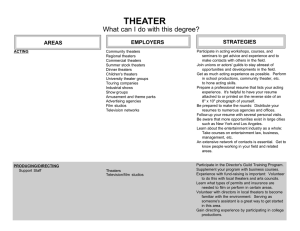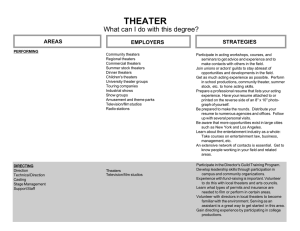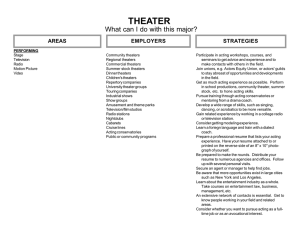The Renaissance Theater
advertisement
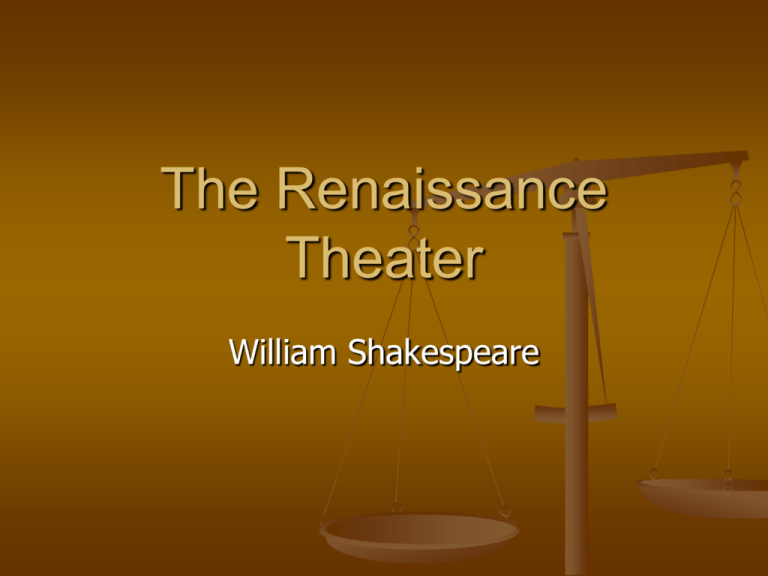
The Renaissance Theater William Shakespeare Drama as Teachers: The Forerunners Some scholars believe that medieval drama evolved from church ceremonies such as the dialogue songs performed at Easter Eve services. From this obscure beginning, drama moved out of the churches and into the marketplaces of towns. There, in the 1300s and 1400s various workers’ guilds cooperated in staging cycles of plays that dramatized the whole history of the human race as then understood: its creations by God, its fall through the wiles of Satan, its life in Old Testament times, its redemption of Christ, and its final judgment at the end of the world. The Forerunners Gradually the plays became less religious, often relying on deus ex machina (an artificial device arbitrarily used to resolve a plot), and comedy was incorporated into them. The most notable play of the period just before the Renaissance is Everyman, based on a Dutch original. Miracle and Mystery plays taught people stories from the Bible and saint’s legends. Moralities taught people how to live and die. 1500’s the Interlude which was a one-act play some similar to moralities, but others rowdy and farcical Playwrights stopped being anonymous Old Traditions, New Theaters 1576, James Burbage, the father of Shakespeare’s partner and fellow actor Richard Burbage, built the first public theater and called it, the Theater Second playhouse was called the Curtain then came the Rose, Swan, Fortune, Globe, Red Bull, and the Hope The Globe: “This Wooden O” It is the most famous of the public theaters because the company that Shakespeare belonged to owned it. Many of his plays received their first performances there. The theater has three main parts: the building proper, the stage, and the tiring house, or backstage area, with the flag flying from its peak to indicate that there will be a performance that day. It was probably a sixteen sided polygon. General admission to the theater cost one penny; this entitled a spectator to be a groundling, which meant he or she could stand in the yard. Patrons paid a little more to mount up into the galleries, where there were seats and a better view of the stage. The most expensive seats were chairs set right on the stage along its two sides. Since the spectators must have been squeezed together, it is no wonder that the authorities always closed the theaters during plague epidemics. Up Close and Personal The stage jutted halfway out into the yard, so that the actors were in much closer contact with the audience than actors are in modern theaters. Thus, every tiny nuance of the actor’s performance could affect the audience. The trapdoor in the stage led down to what was called “Hell” and the ceiling over part of the stage was the “Heavens” Behind the Scenes The third part of the theater was the tiring house, a tall building that contained machinery and dressing rooms and that provided a two-story back wall for the stage. The Power of Make-Believe Renaissance audiences took for granted that the theater cannot show “reality”: Whatever happens on the stage is make-believe. When the people in the audience saw actors carrying lanterns, they knew it was night, even though the sun was shining brightly overhead. As the theatrical historian Gerald Bentley put it, Renaissance drama was “a drama of persons, not a drama of places.” Pomp and Pageantry The scenery may have been kept to a minimum, but the theaters themselves were ornate. The interiors were painted brightly, with many decorations, and the space at the rear of the stage could be covered with colorful tapestries, or hangings. Costumes were rich, elaborate, and expensive. The Globe The Globe Again The Globe Again
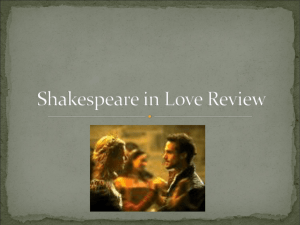


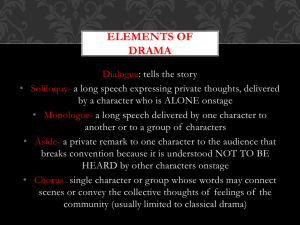
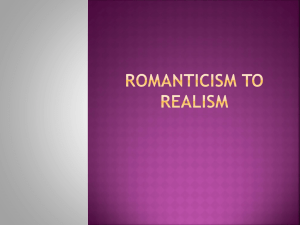

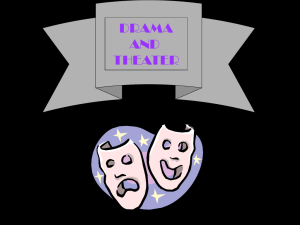

![English_Theater_History_Part_1[1]](http://s2.studylib.net/store/data/010171043_1-f36f8daac388ac152ea411841c250eca-300x300.png)
